At the wooden sign, turn right into Ruby through the gates where you will see this sign.
The only resident is the caretaker. Continue into the ghost town and turn right up the hill to find the caretaker. Admission is $12/person and he will ask you to fill out a form stating that they are not liable for any injury, etc. The site is actually quite a mess with lots of residual debris around the buildings that are in poor condition, although you are permitted to explore them if desired. The caretaker also provided us with a map of the site and a paper that provides a great summary of the place, its history, and biological heritage.
A restoration foundation, the Ruby Mines Restoration Project, has been established that seeks donations and grants for preserving buildings, history and habitat of the area. Work is underway to stabilize the primary buildings of Ruby.
At an elevation of 4,500 feet, the area has rugged mountains, semi-arid deserts, and abundant wildlife.
The first mining strike in the Montana vein here was in the late 1870s. By 1900, Ruby had become the largest mining camp in the area. A post office existed in Ruby from 1910 through 1940. At its peak in the mid-1920s, about 1,200 people lived in Ruby. Most lived in tents on the hillsides with 300 of the population working as miners. The mine yielded lead, zinc, copper and lesser amounts of gold and silver. When the mine closed in 1940, the town quickly declined. Ruby is owned by a group of families today who are interested in maintaining the remaining buildings and making the town available as a recreation area (fishing, hiking, camping).
This area of Ruby was known as "Snob Hill," although the homes are very modest.
Remains of two bunk houses were a boarding house for single men. Four men shared a small room ... two rooms per building.
Ruby Lake is in the center of town. It frequently dries up during the summer and autumn months, but due to some recent rains in the area, the lake was beautiful when we visited yesterday. Fishing is permitted for a daily fee of $18 paid to the caretaker.
Sadie ran right into the lake as soon as she saw it!
Hutchinson House, where the master mechanic lived who kept the mill operational.
Foundations of the mill.
John was checking out the remains in the filing cabinet (he is so funny). Mostly there were manuals about equipment in there.
Assay office (where extracted ore was weighed to determine value).
Headframe, hoist and vertical shaft. The vertical shaft dropped 750 feet carrying miners down into the lead mine. There were 3 shifts a day 7 days a week. 15 tons of ore were extracted each day.
Warehouse where tools and small equipment were housed.
Deep, open mine shaft.
There is a second smaller mine shaft very near to the first one.
In the early summer months bats emerge at dusk from the mine shafts. It is estimated that there is a colony of about 500,000 Mexican Freetail bats here.
The Ruby School built in 1916 with additional rooms added subsequently is shown below. At its peak in 1936 there were 150 students in grades 1-8.
Remnants of playground.
School outhouses.
The Ruby Jail cost $600 to build in 1936. Before the jail was existed, criminals were chained to the mesquite trees.
Ruby Mercantile was the 3rd store built in Ruby. This was also the location of the post office.
Antique dump truck.
Rolling hills and Montana Peak in the distance.
Deer seen on a hill as we were departing Ruby.
The town is surrounded by the Coronado National Forest.
Exploring this town was interesting, but this place will be much more pleasant to visit when it gets cleaned up (removal of debris). Interpretive signs would be helpful as well. It is difficult to follow the map provided. The mine shafts were fascinating but they were not easy to find. The place is now a National Historic Site and I am hopeful that the foundation recently formed will be successful in restoring and maintaining the site.
It is in a remote location and very little information is readily available about it, although some claim it is the best ghost town in Southern Arizona. Nonetheless, we had a good day exploring it. It was a cool, crisp day.
And one of the best parts about this place is that dogs are welcomed and can be off-leash. I would suggest that you pack a picnic lunch because there are no restaurants nearby. We did see one in Arivaca on our return trip, but enjoyed a picnic lunch at Ruby.
You can read more about Ruby at this website: www.southernarizonaguide.com
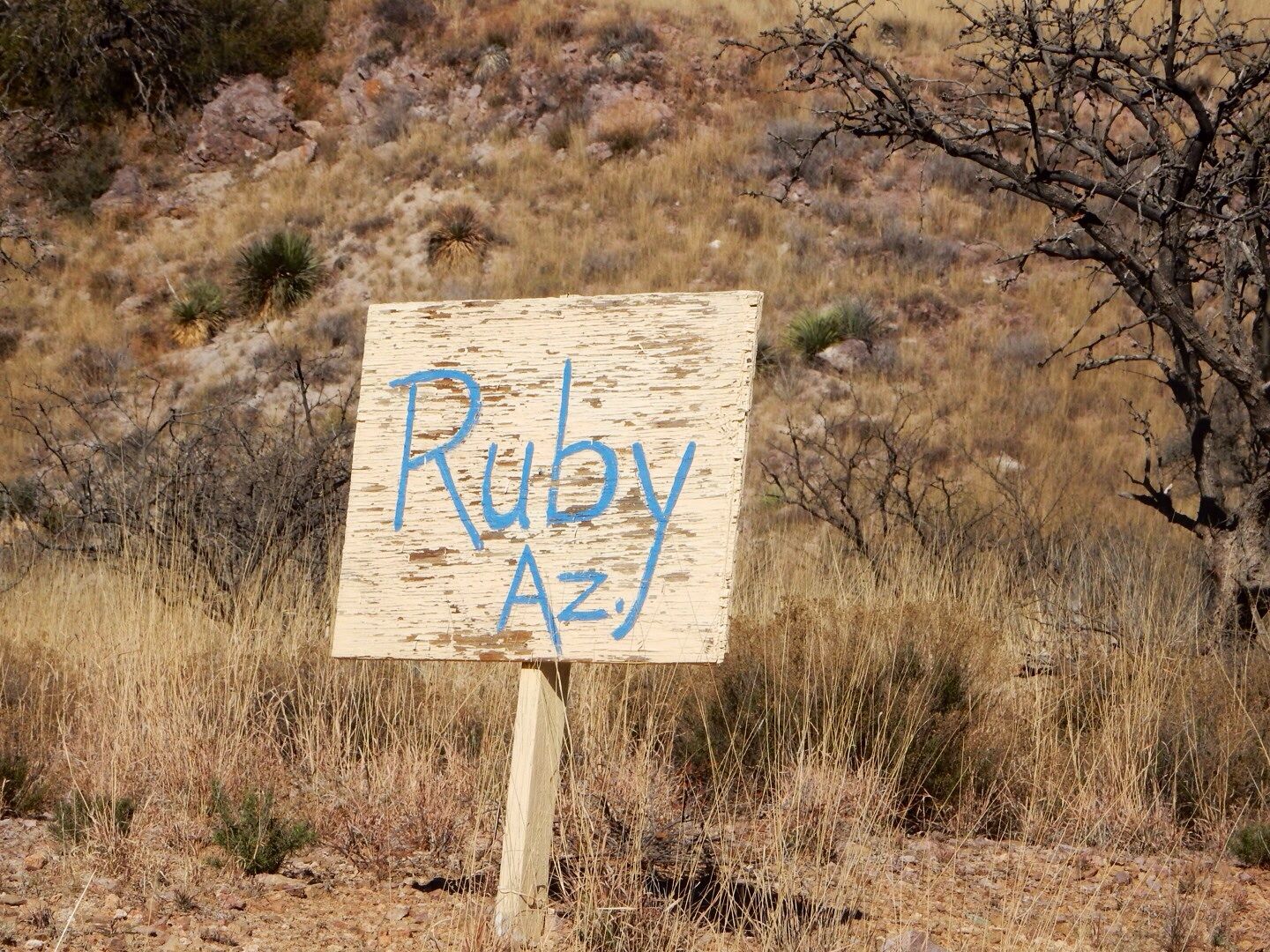



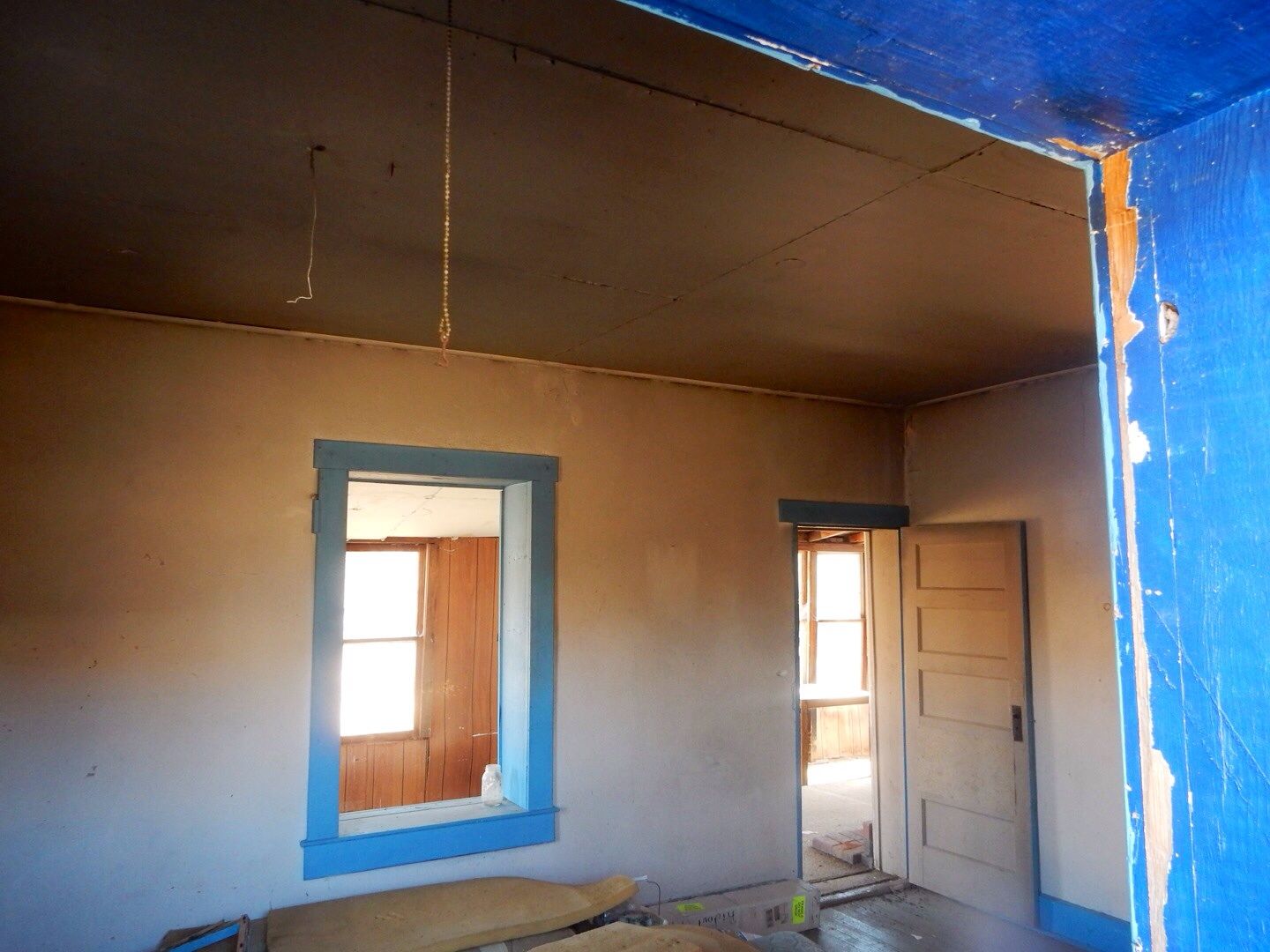
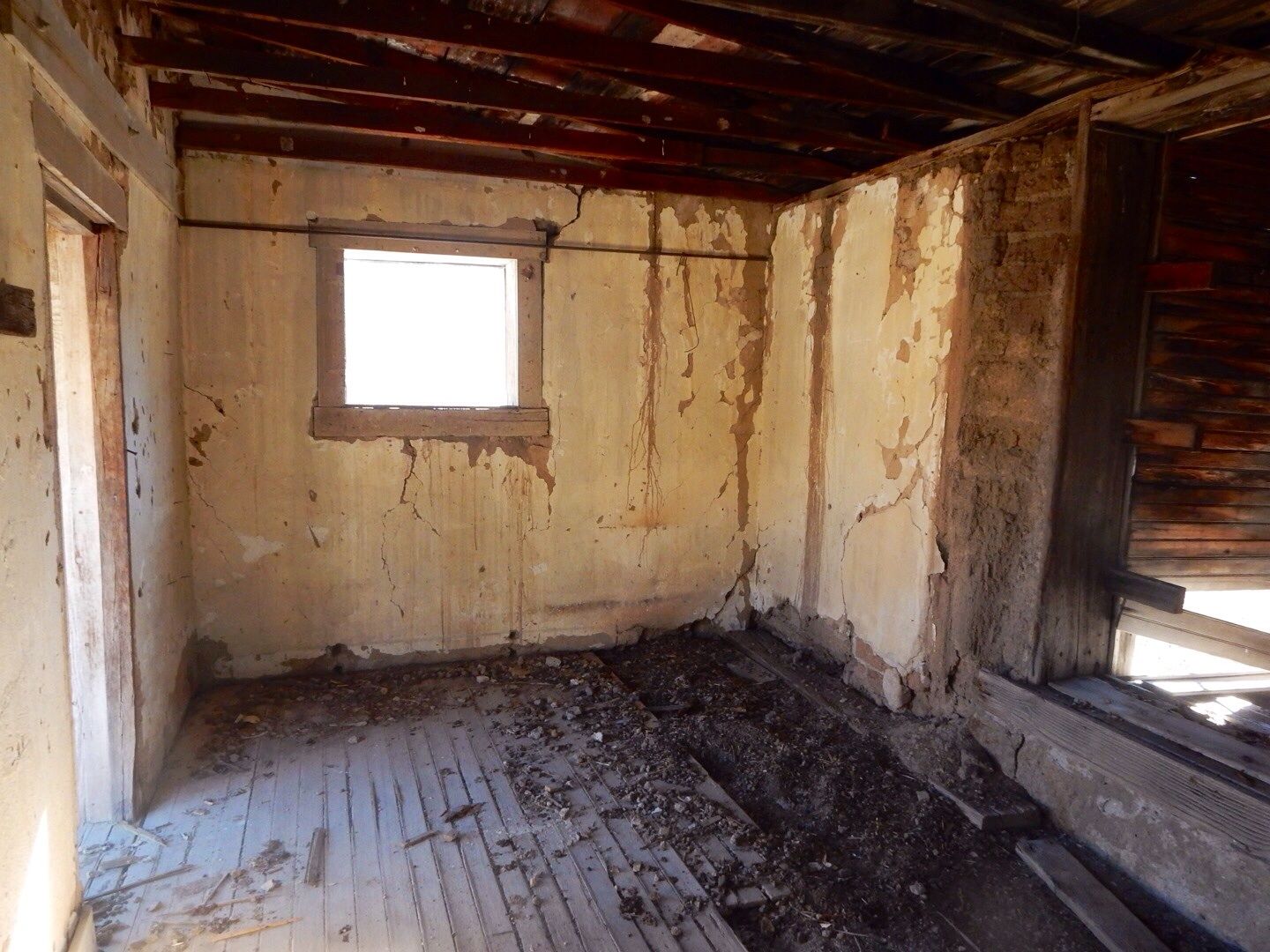

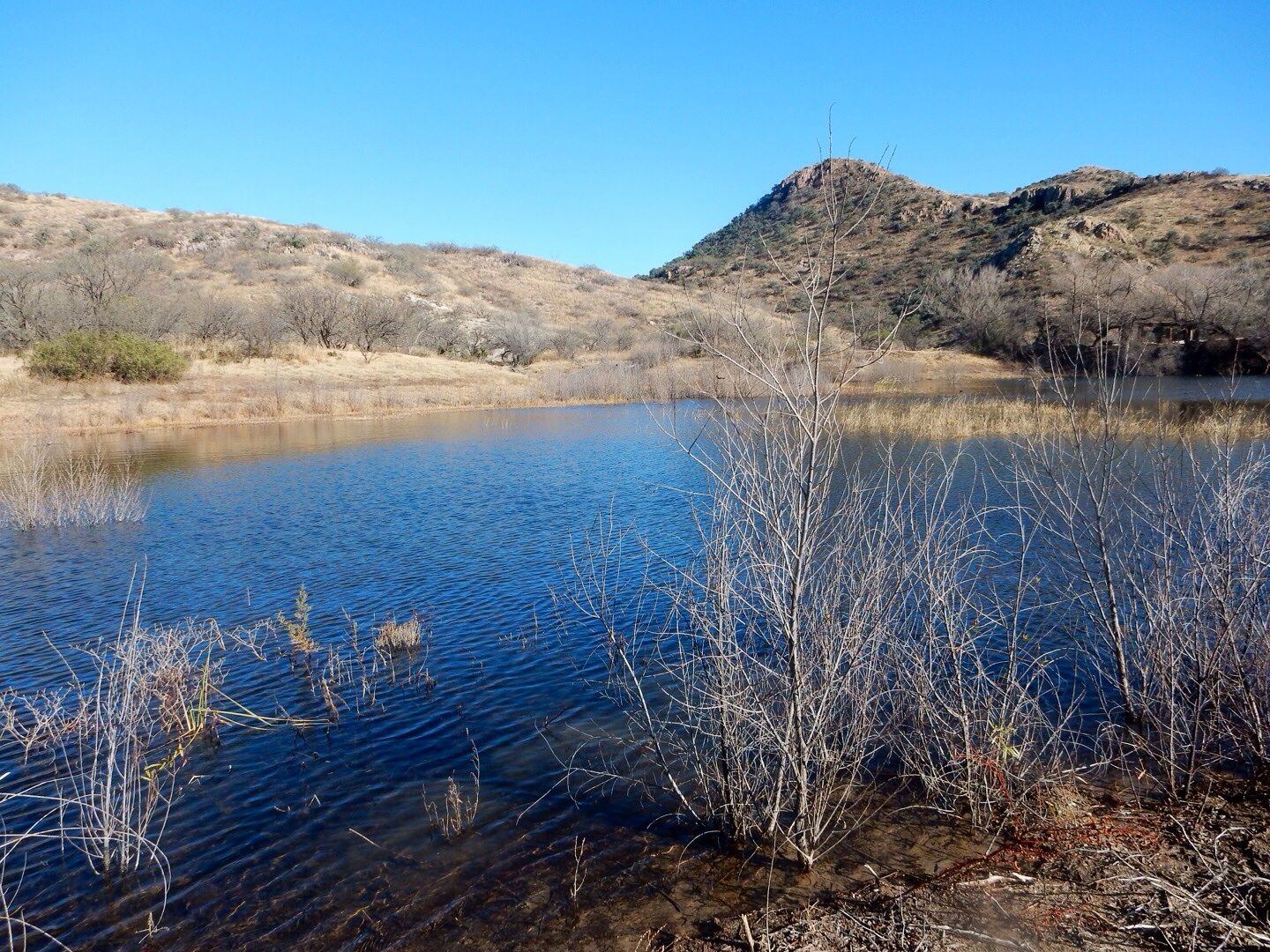
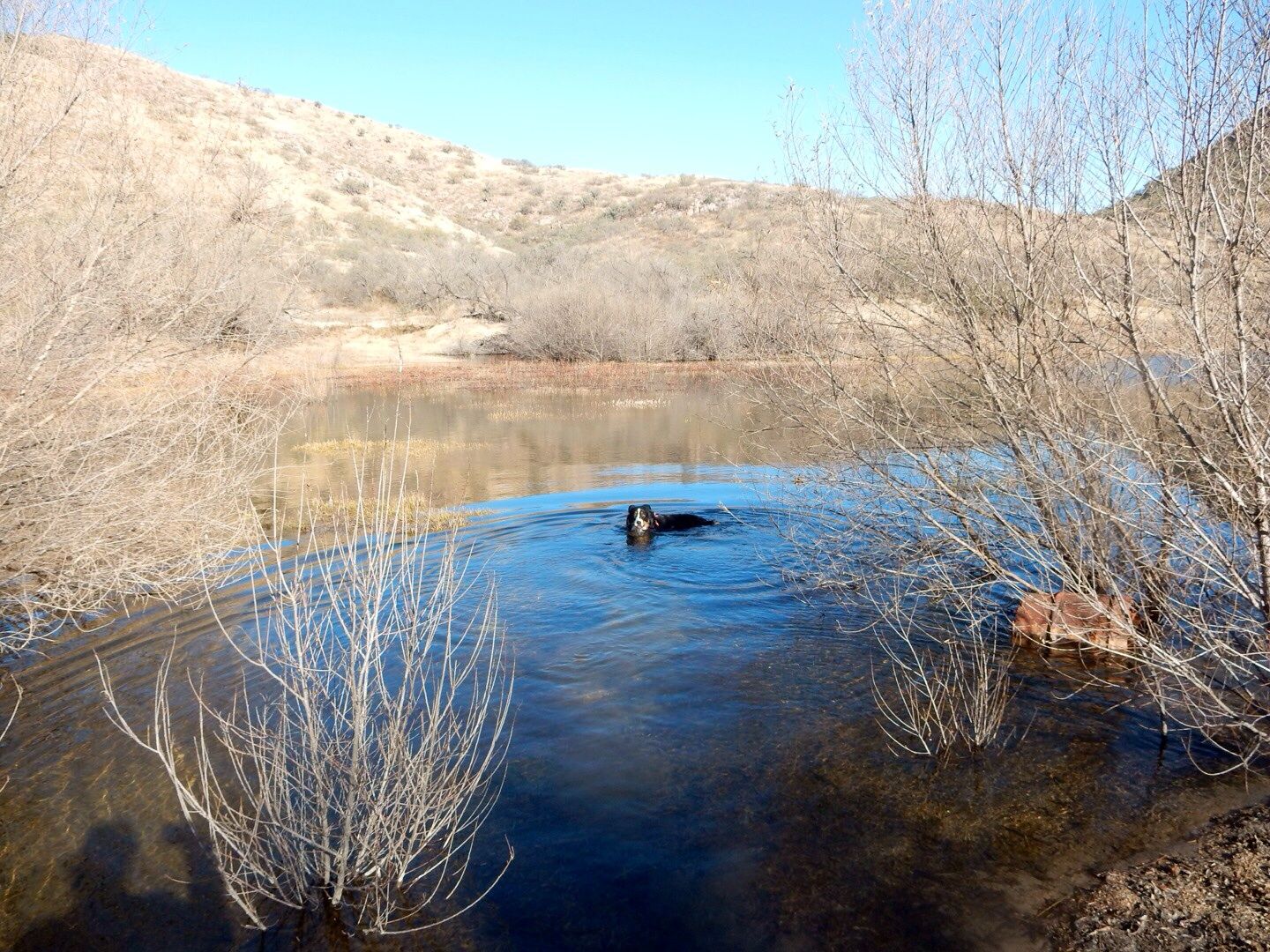


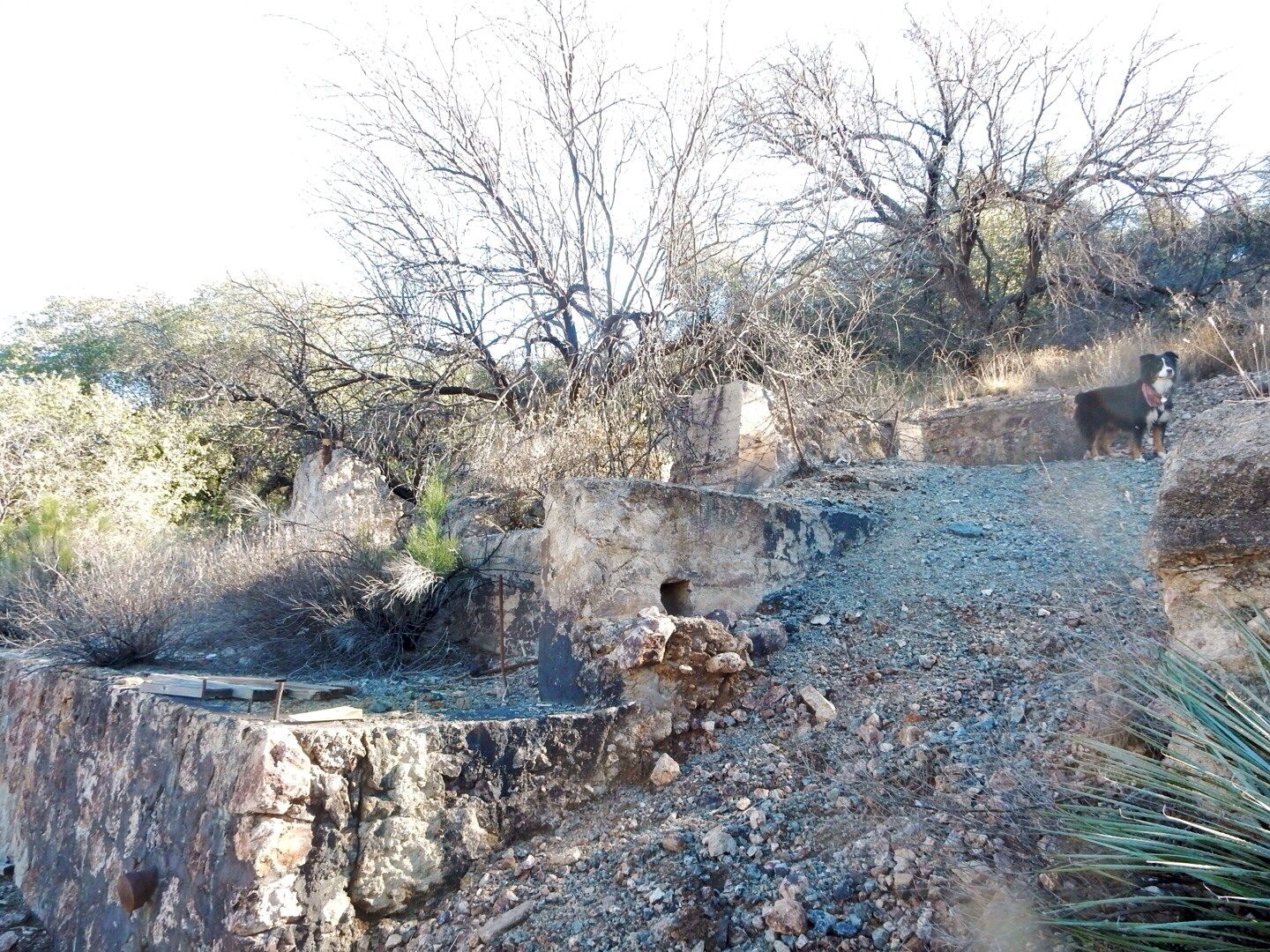

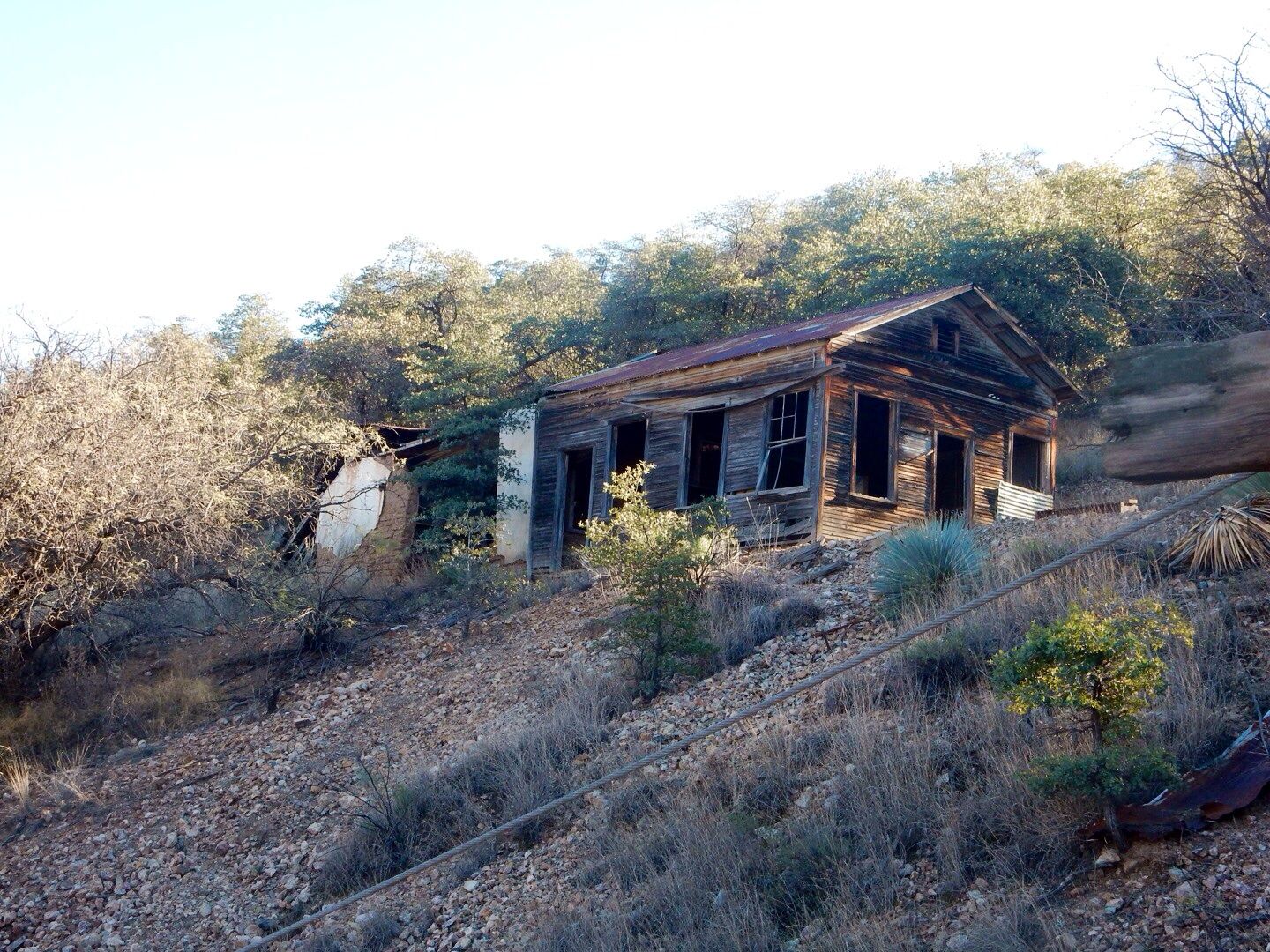
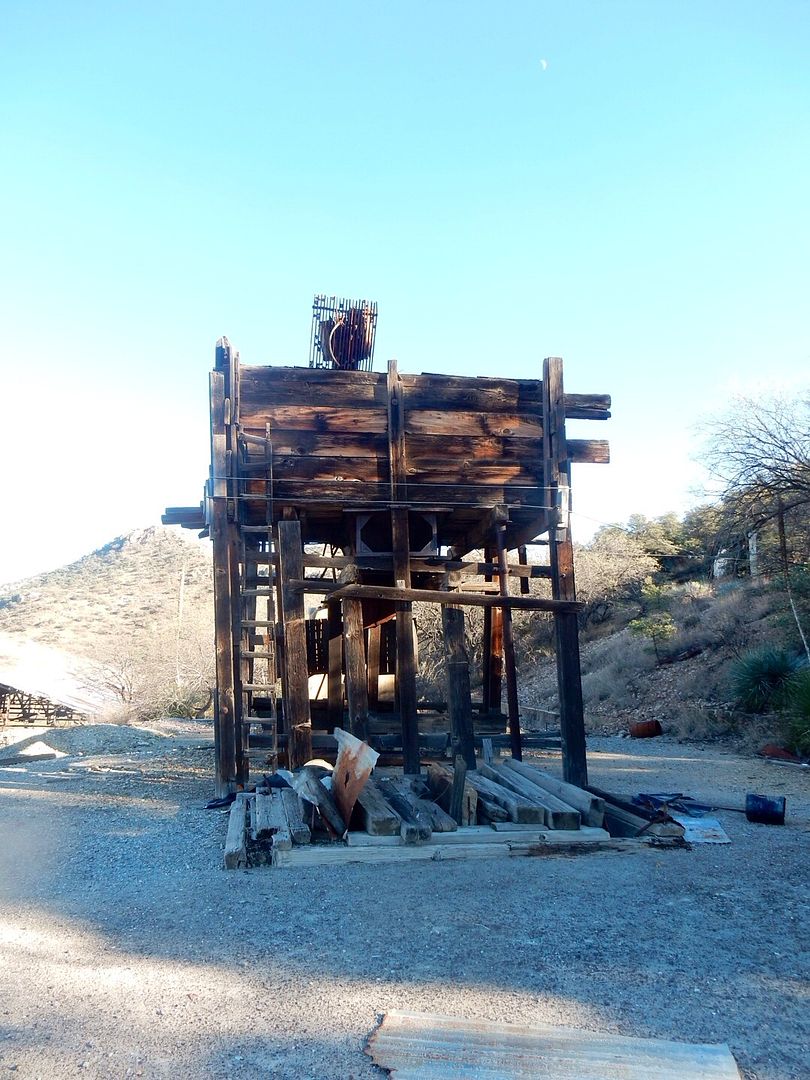

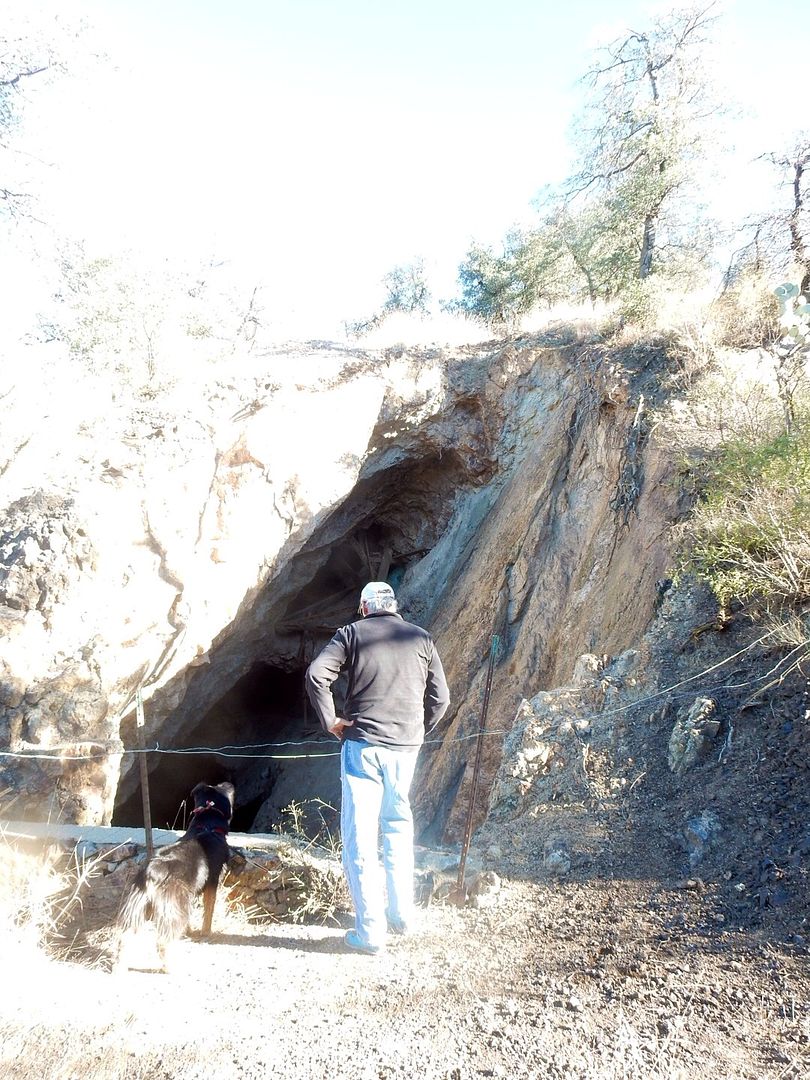
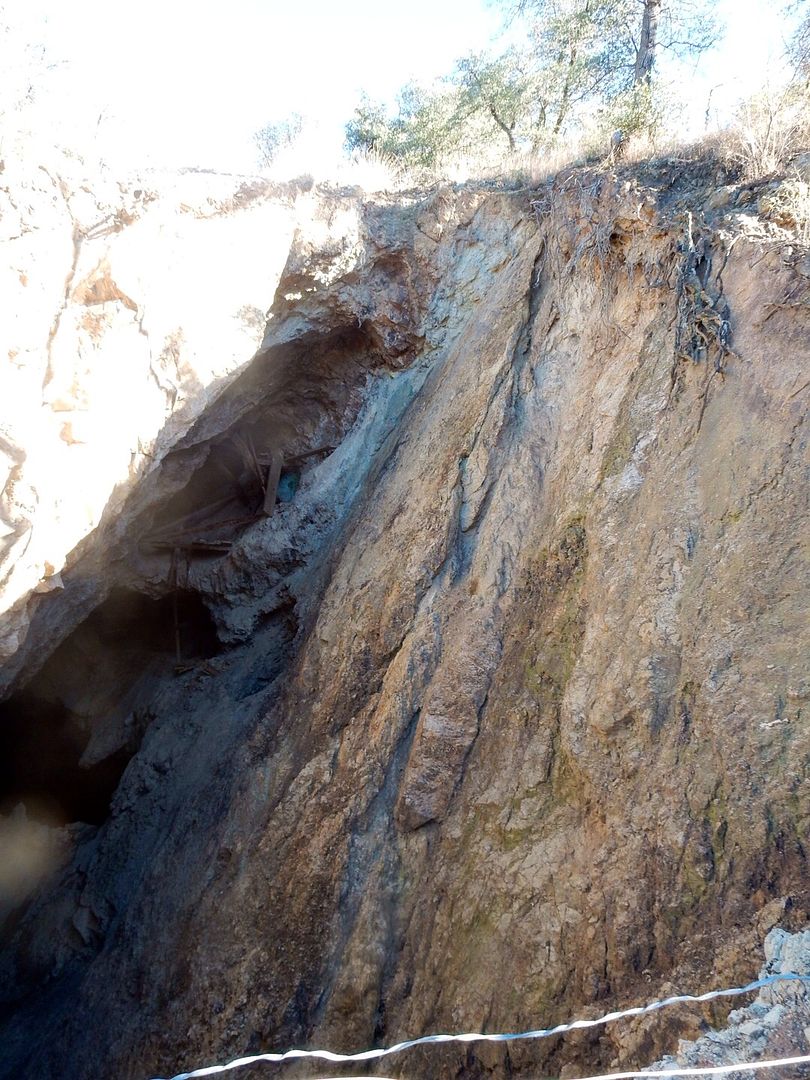

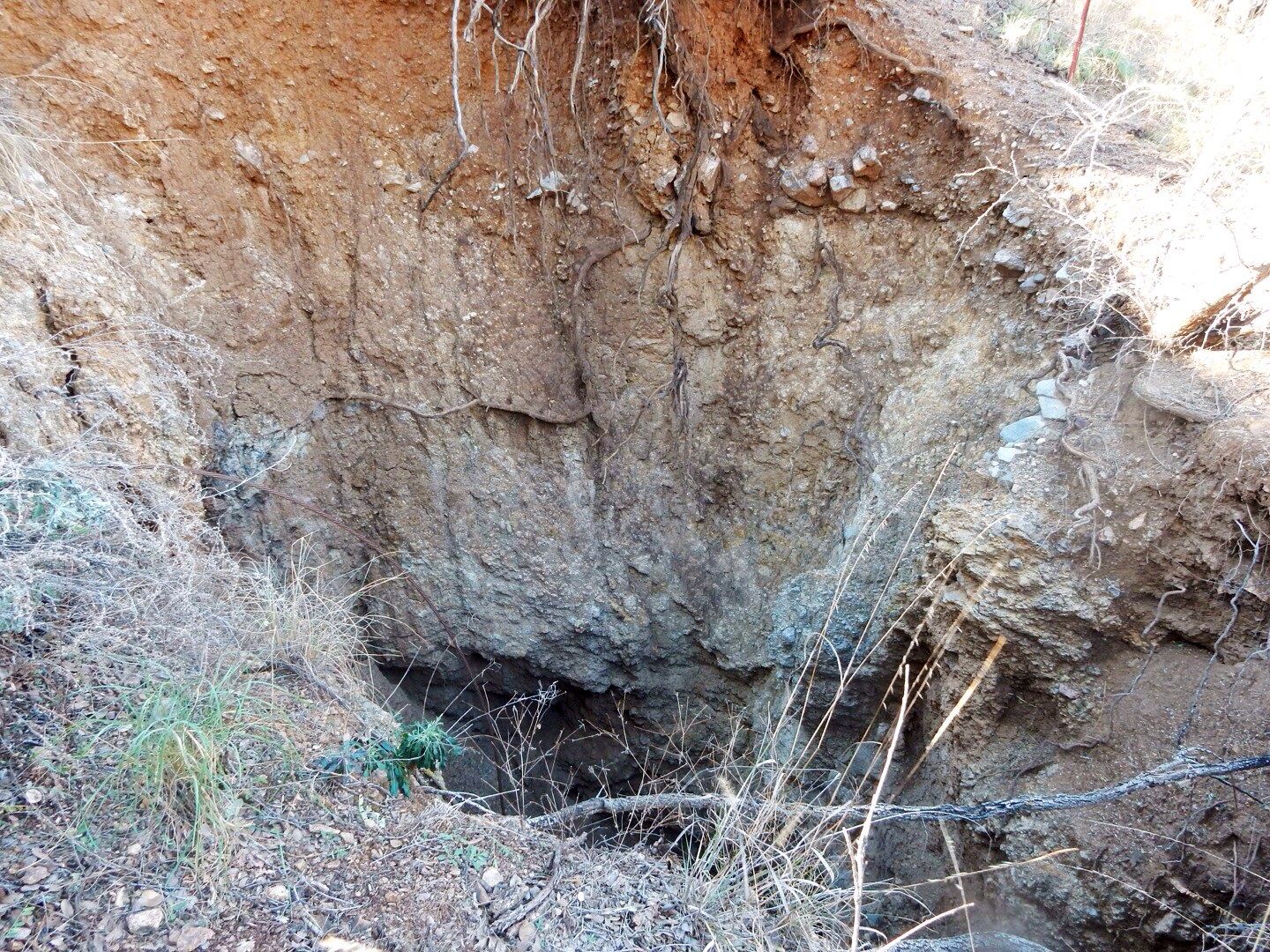

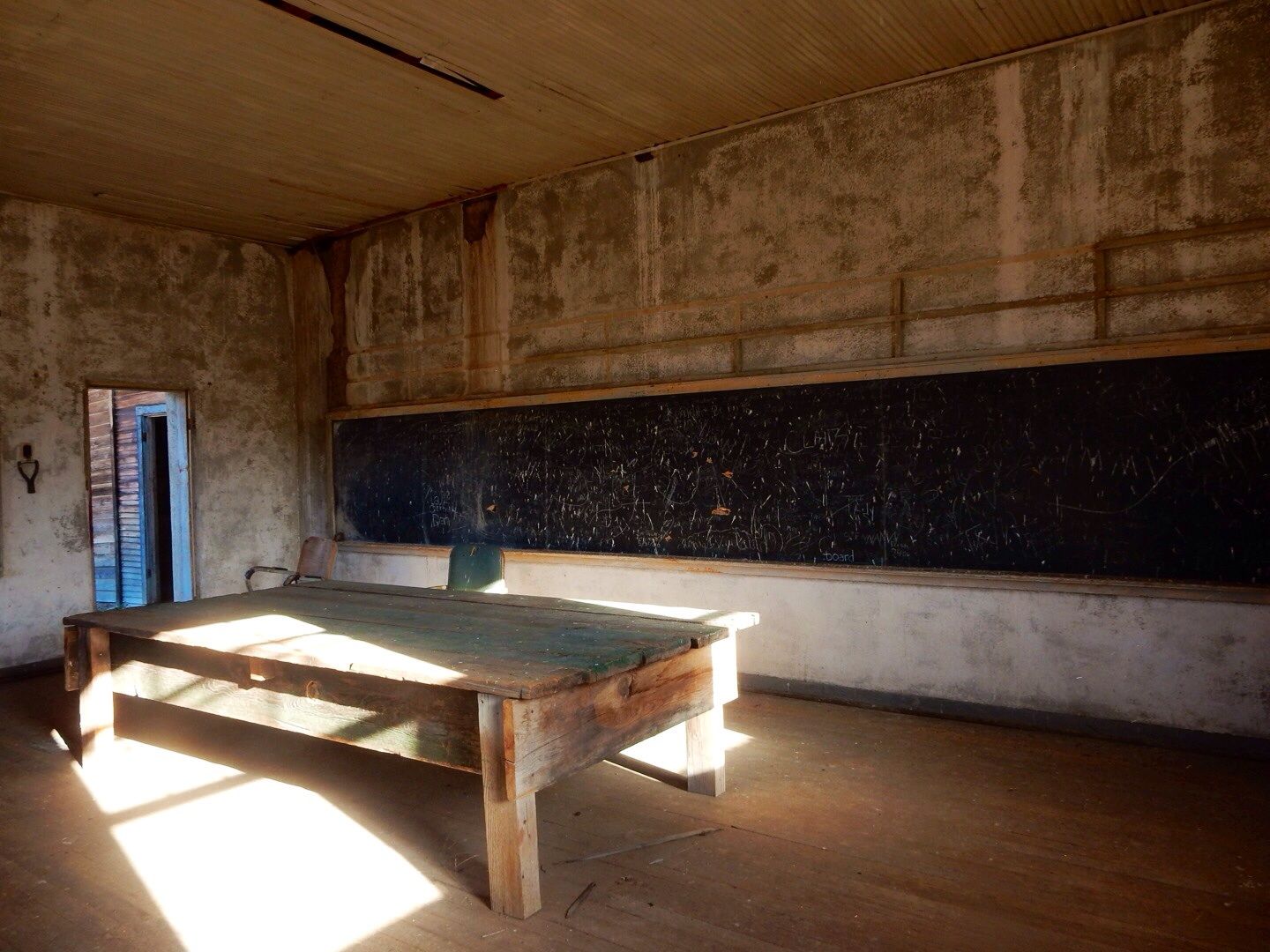
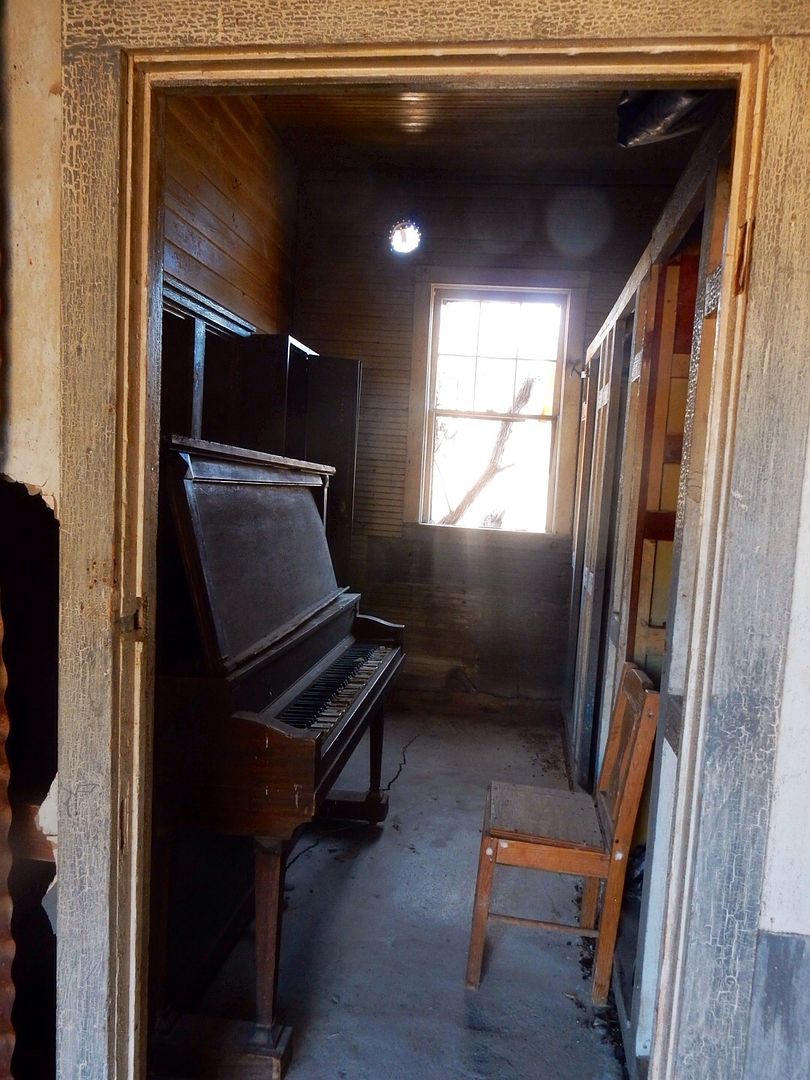
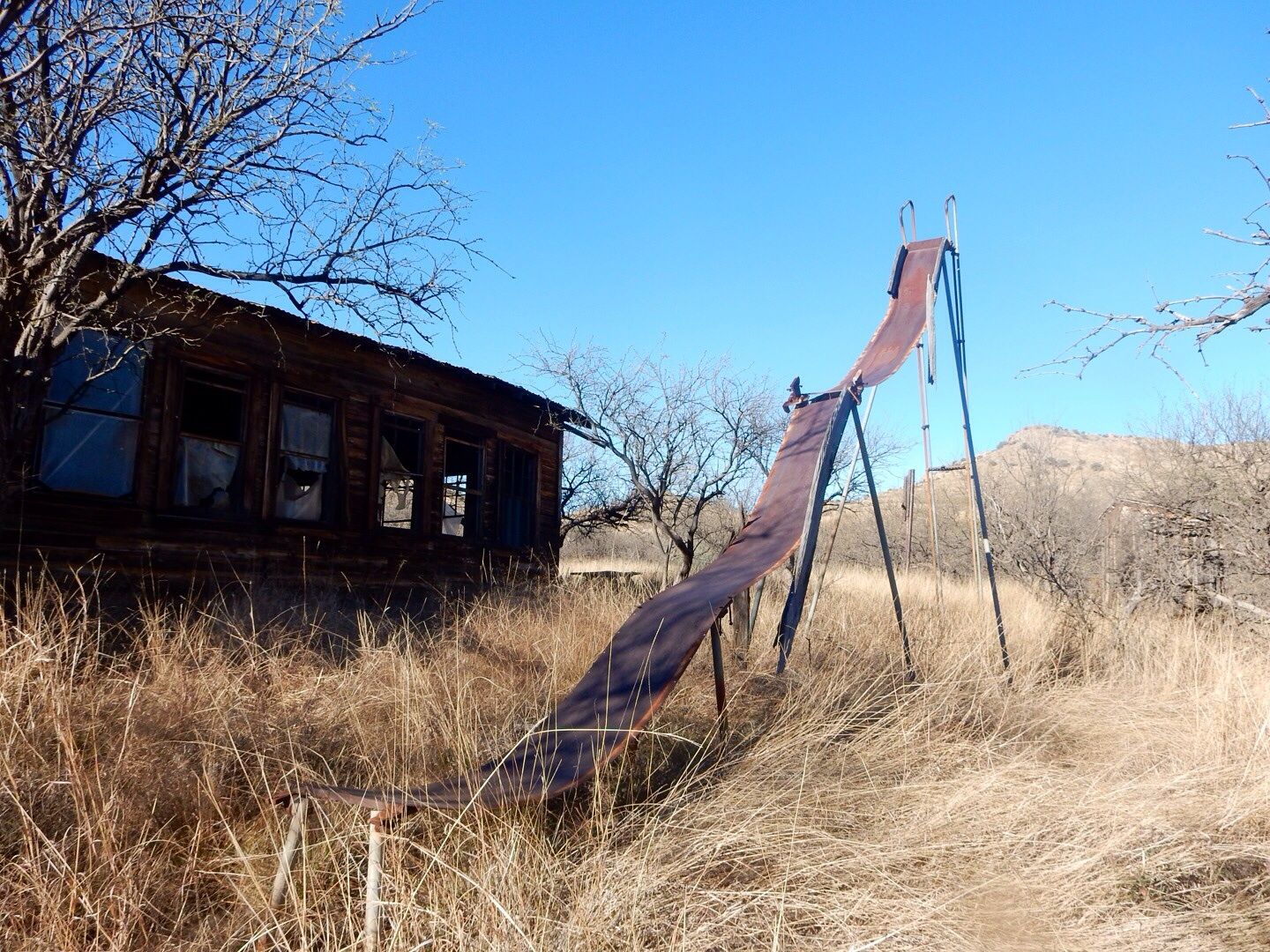
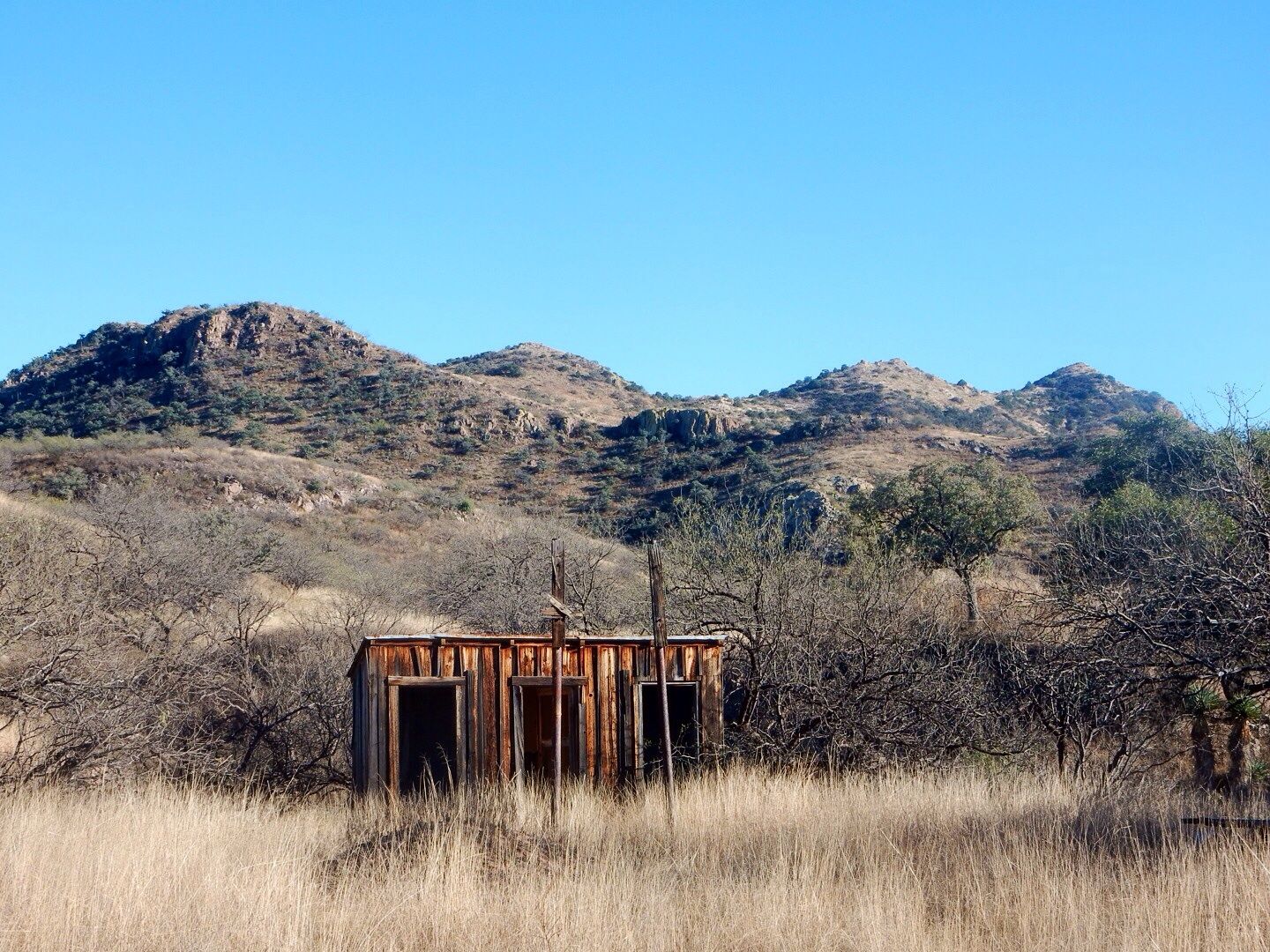
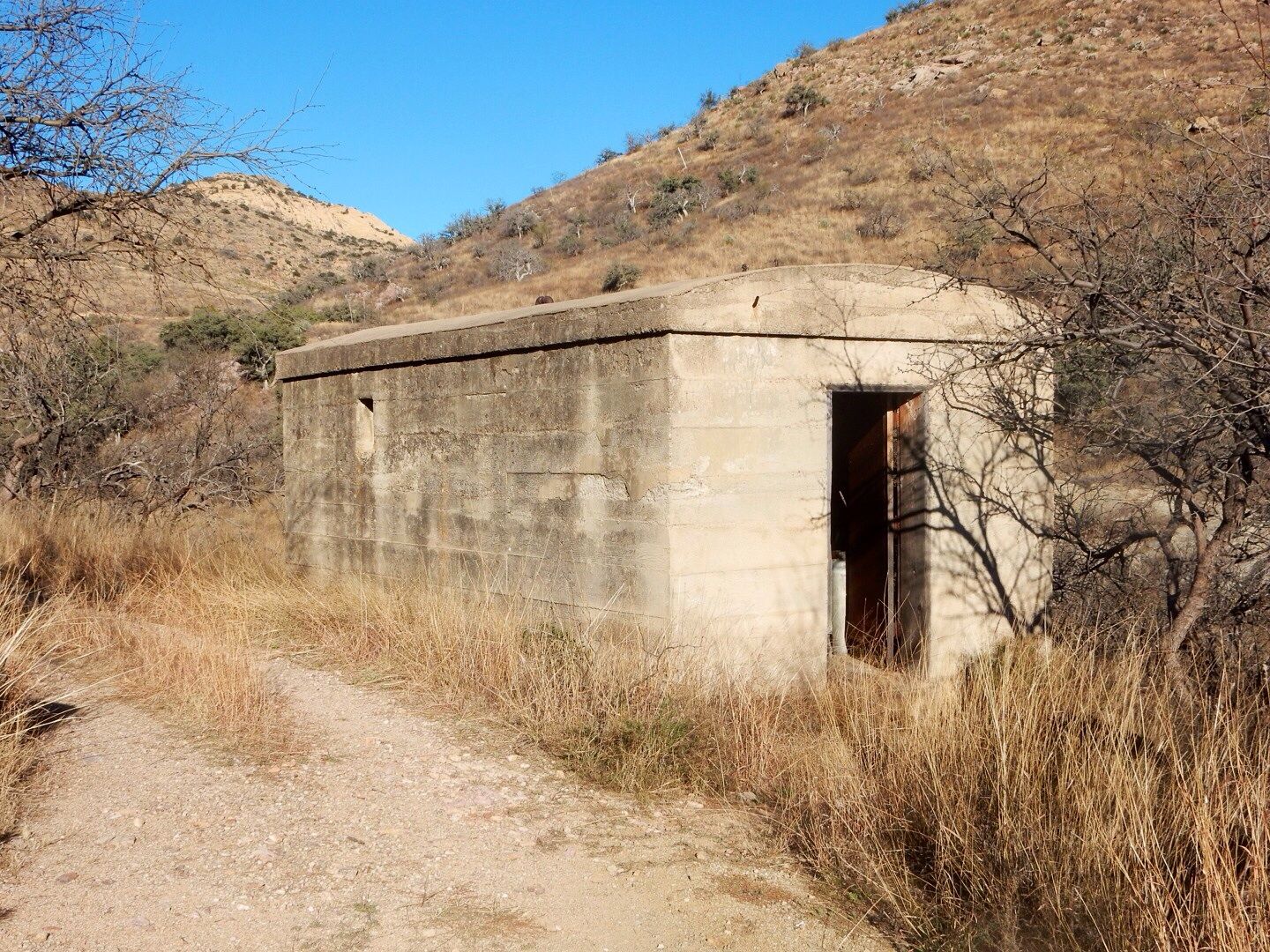
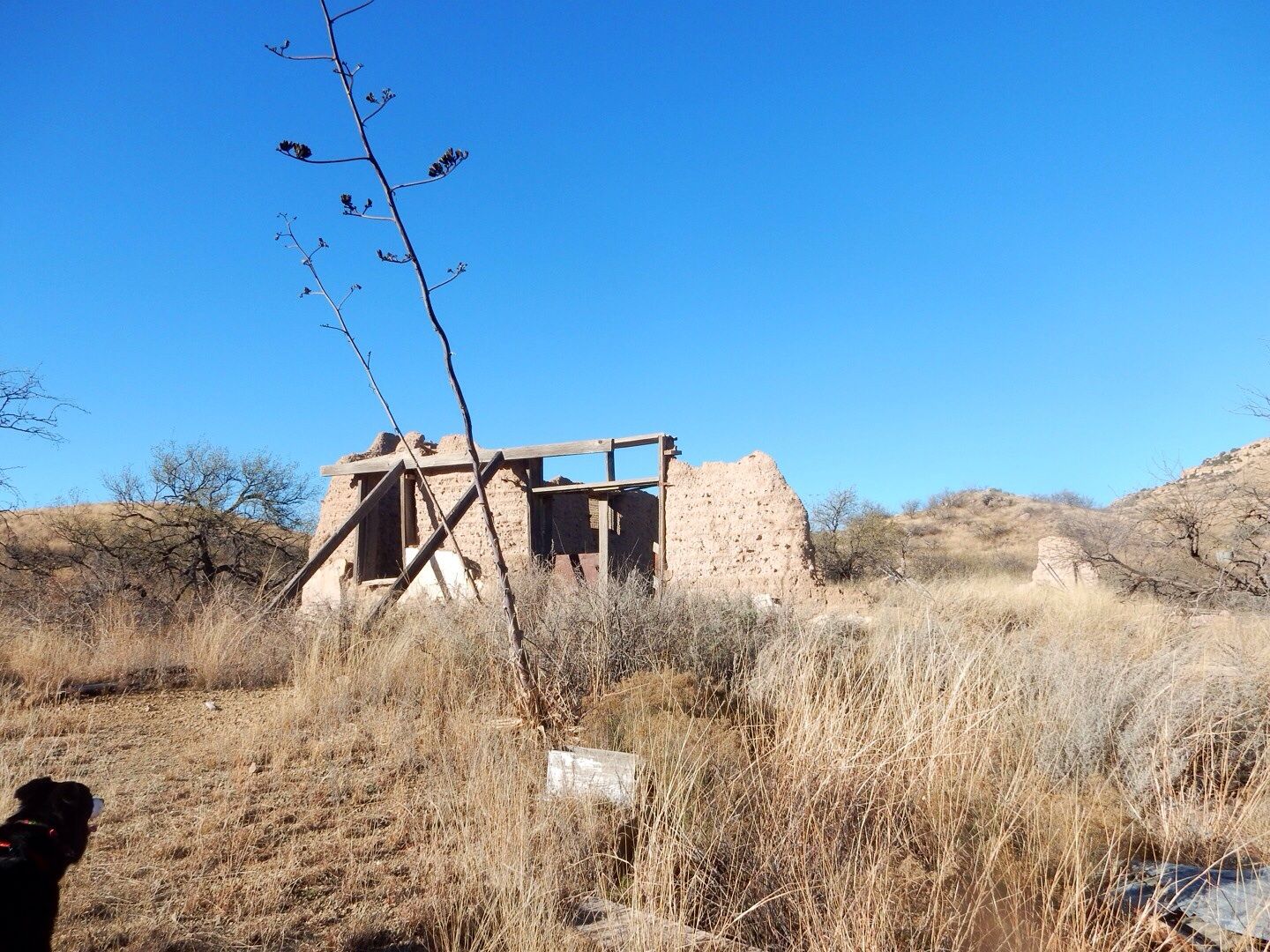

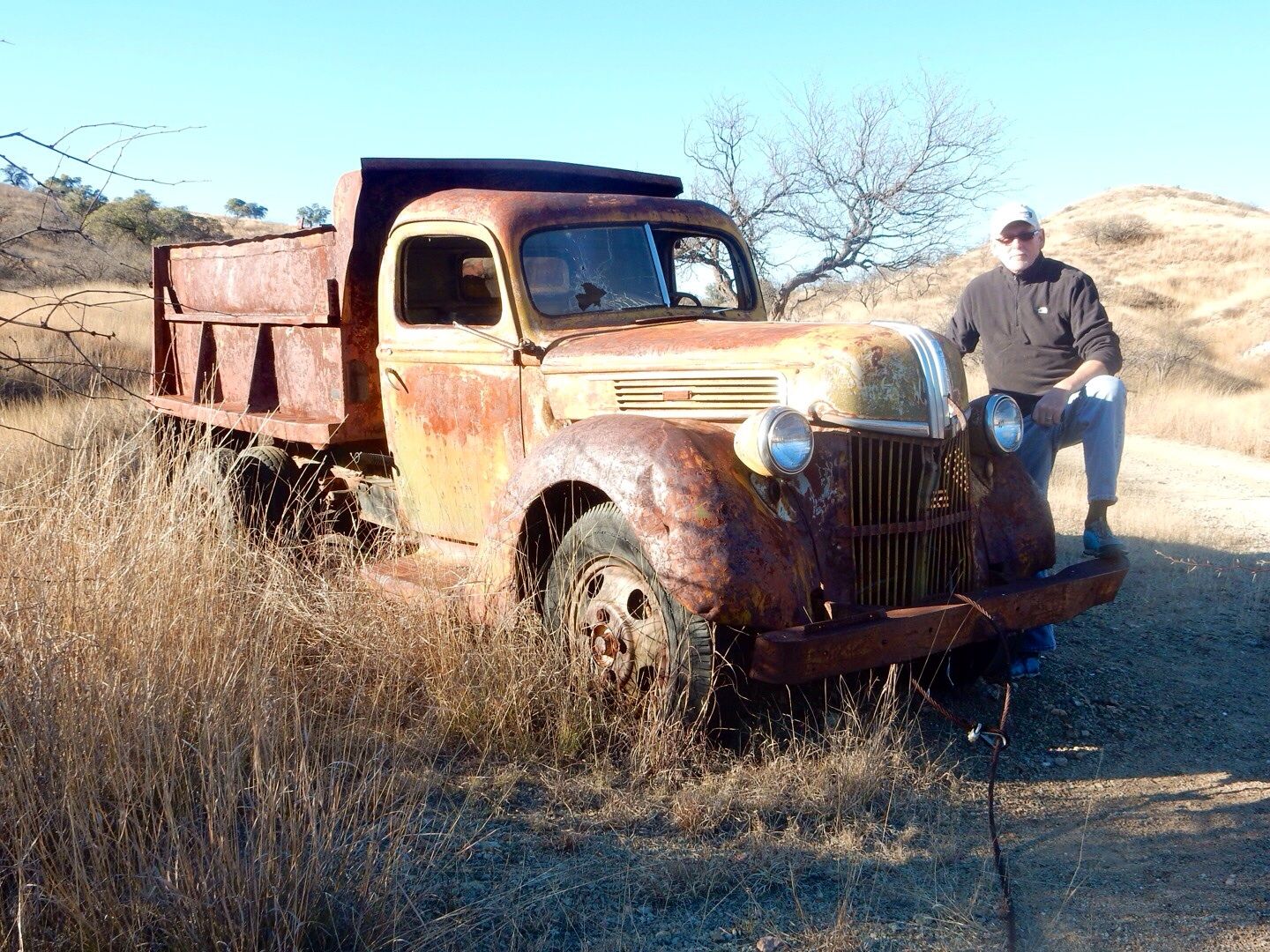
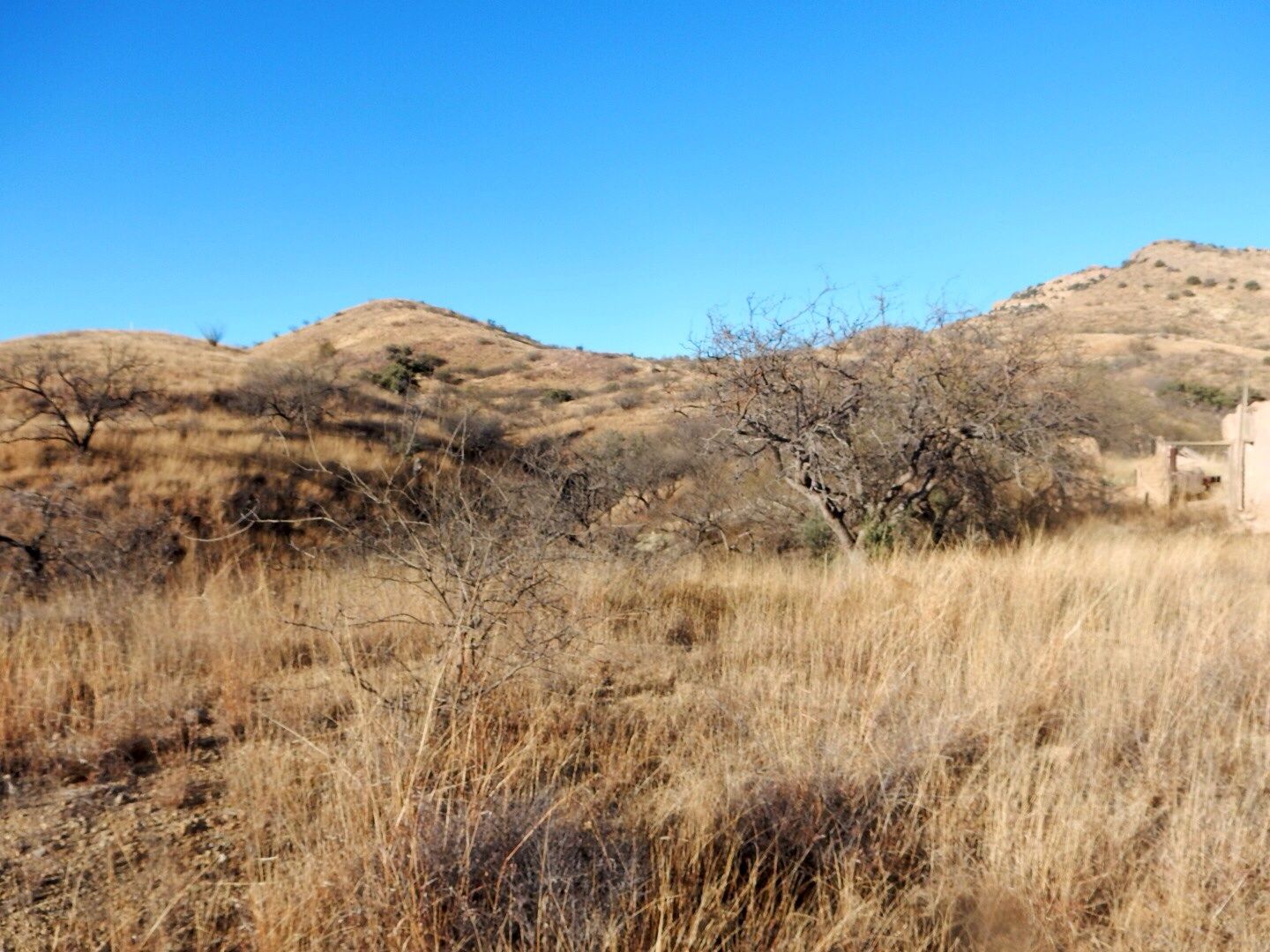


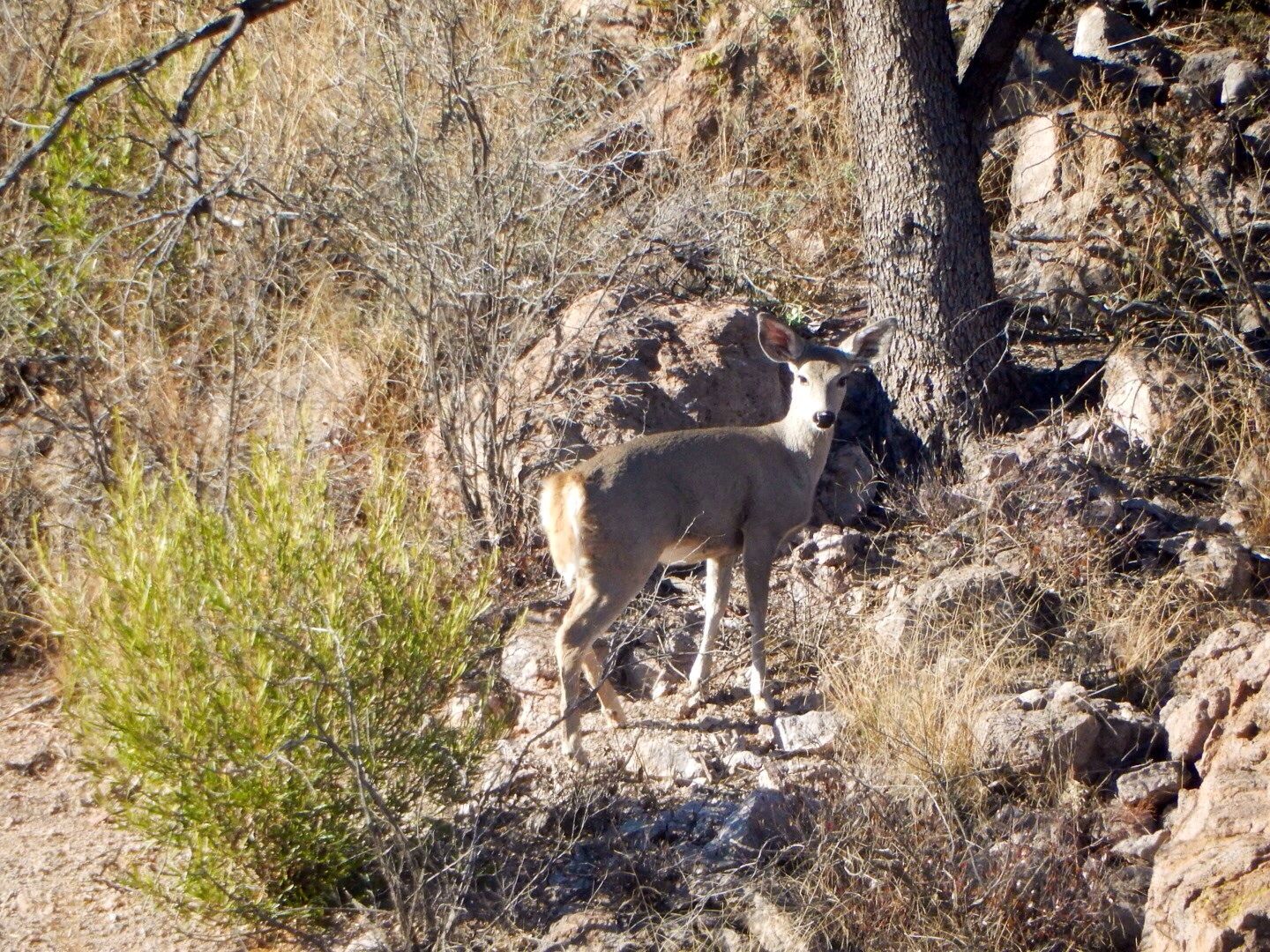
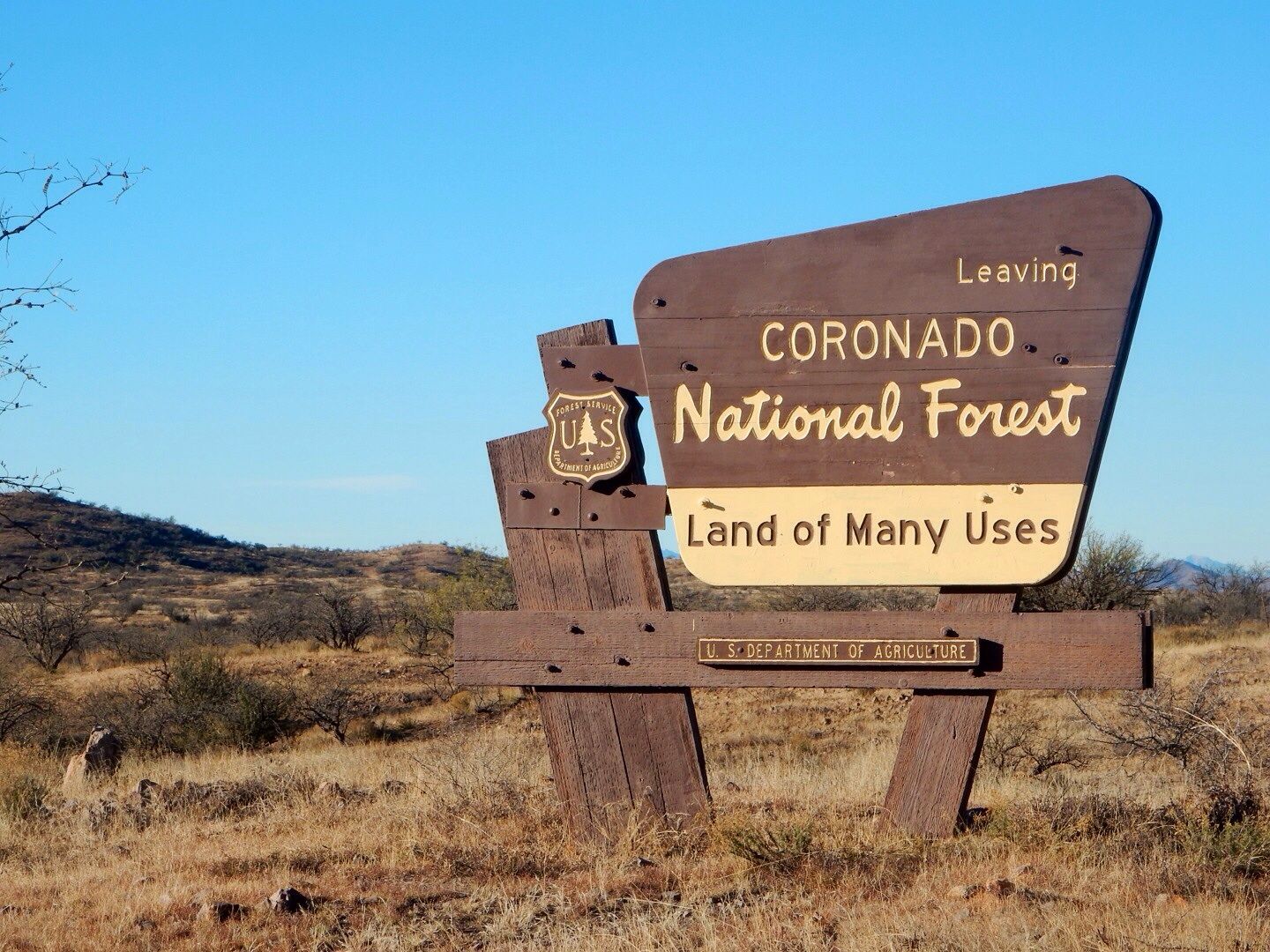
No comments:
Post a Comment